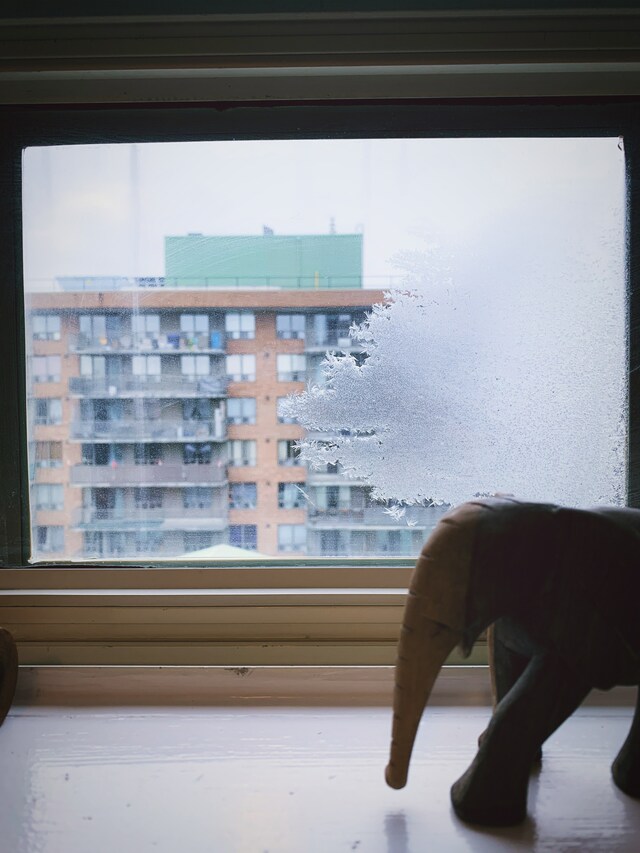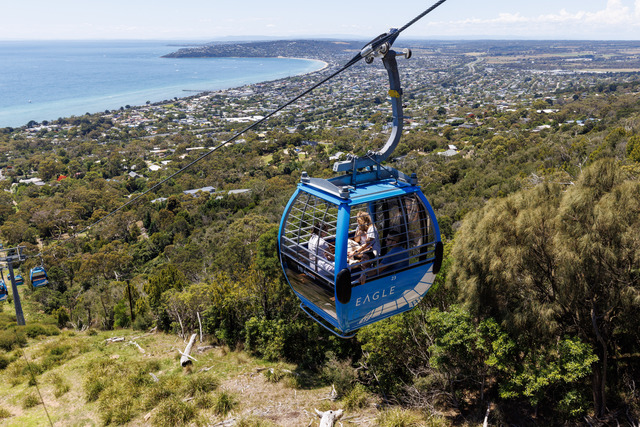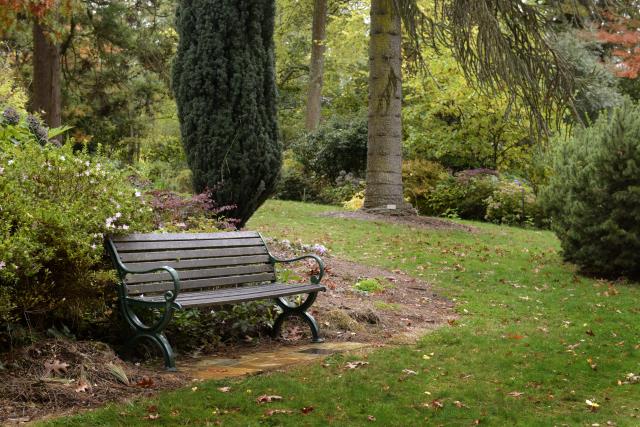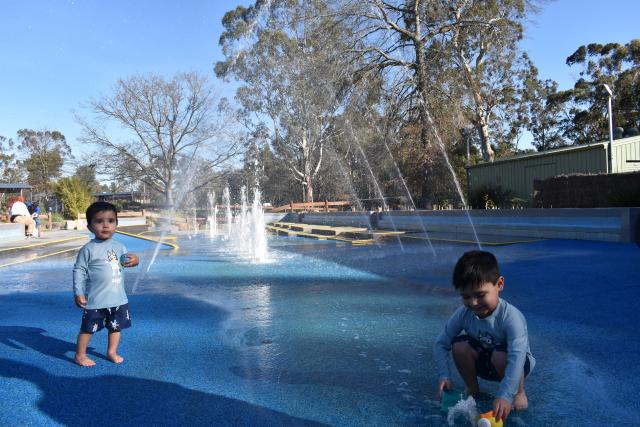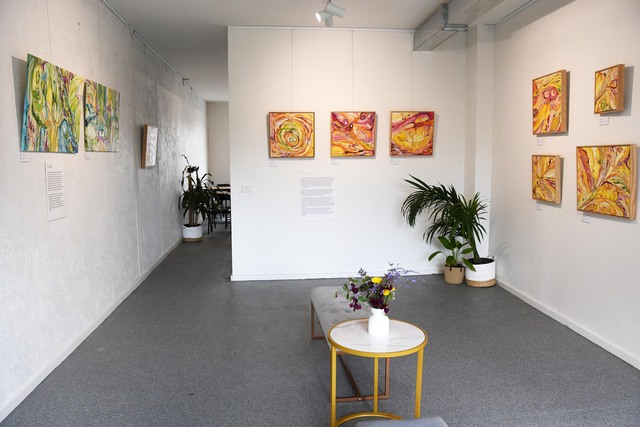Have you been feeling cold this winter at the comfort of your own home? You are not alone.
Recent research from RMIT professors have found houses in Australia can be extremely cold due to an inadequate insulation and because houses here are typically bigger compared houses in other countries – which makes heaters ineffective and costly to run.
RMIT School of Property, Construction and Project Management and Senior Lecturer Dr Nicola Willand said Australians build some of the largest homes in the world, and bigger areas translates into higher energy demand.
“Australian homes tend to be uninsulated, draughty and existing homes often fitted with inefficient heaters,” Dr Willand said.
“A lot of our homes are older, they were built before the minimum insulation requirements came into effect – they all have single glazing, with little or no lace on the walls or in the ceiling and this means that warmth dissipates quickly once heating is switched off, air movement between heated areas and the colder walls and windows make people feel uncomfortable, and it makes heating very ineffective and expensive.”
“Even though new homes are more energy efficient, central heating in these large homes can be too expensive if householders are burdened with high mortgage payments – restricting heating to one or two rooms is difficult, as heating control is limited, with many homes having a maximum of two zones to switch on or off.”
While a lot of migrants find Australian winter icy cold, even those who may come from cold countries like Canada, but cold homes in Australia are considered normal.
Dr Willand said in their research, people not only mentioned how cold their homes were, but they would also compare the cold with someone else’s home they knew.
“Coping practices such as wearing coats and onesies are socially acceptable practices,” she said.
There are many risks associated with cold homes that many people are unaware of.
“Keeping warm advice that focuses on body warmth ignores the risks of cold indoor air for respiratory and heart health, infections and mould,” she said.
“For renters, minimum rental standards in Victoria call for one heater in the living [area].
“This leaves bedrooms cold and at risk of mould, or tenants must use expensive portable electric heaters.
States and territories are merging slowly towards improving the basic quality and performance of rental housing, and Victoria is leading the way in Australia.
The state government proposed new minimum requirements for rental properties and rooming or boarding houses in June 2024, these changes would be phased in from October 2025.
The research reports that the National Nationwide House Energy Rating Scheme (NatHERS), which governs the home energy star ratings for new dwellings, assumes that living room heaters are switched off between midnight and 7am – unless homes are well insulated and draught proofed, the warmth will slowly dissipate and result in cold kitchens and living areas in the morning.
NatHERS also assumes a heating thermostat setting in bedrooms of 15°C, which is lower than the 18°C recommended by the World Health Organisation, between midnight and 7am in the morning.
“The NatHERS assumptions suggest that being cold at 7am, when most of us are getting ready for work and school, is acceptable,” she said.
“By contrast, energy efficiency ratings in other countries will assume heating in all rooms and at all hours of the day and night.”
“That ‘chill in the morning’ is a certainly a widely shared experience in Australia – but it shouldn’t be.”
RMIT School of Property, Construction, and Project Management Associate Professor Dr Trivess Moore was also one of the researchers for this report and he said houses built before the early 1990s and even early 2000s fall short of the design and performance requirements needed to keep houses warm in winter and cool in summer.
Since the 1990s Australia has had requirements for minimum energy efficiency elements within dwellings.
There has been a slight improvement for new builds as the new housing in Victoria needs to be built to a seven-star standard, instead of six-stars which was the old standard.
He said there’s good news that we can make our homes warmer for a cheaper cost through retrofitting.
“Retrofit includes low-cost options like sealing up gaps and cracks, and adding or improving insulation in the ceiling, walls and underfloor – through to more significant changes like installing double glazed windows,” he said.
For existing housing, there are a lot of things that either owners or landlords can do to improve the quality and performance of existing housing.
“The first thing that I would recommend to people is to go out and have an independent assessment of your dwelling done, there are various programmes out there that people could go through, for example the scorecard assessment – which was developed by the Victorian Government,” Dr Moore said.
“In terms of renters, there is limitations in what a renter can do to a rental property because of the way our rental laws are in Victoria, but there are some things that are non-permanent changes a renter could try to do; including using some things like bubble wrap on windows that could be taken up and down, making sure they clean their heating systems or asking the landlords to have them serviced.”
There are rebates available in many states to help reduce costs of retrofit – this includes for landlords and tenants.
“While there is some financial support to help households retrofit, we need various levels of government to continue to find ways to make sure all households can access this support,” Dr Moore said.
“We also need to ensure we have a strong retrofit industry to do the work. We need to complete deep retrofit of almost 50 dwellings each hour until 2050 if we are to retrofit the existing housing stock.”

